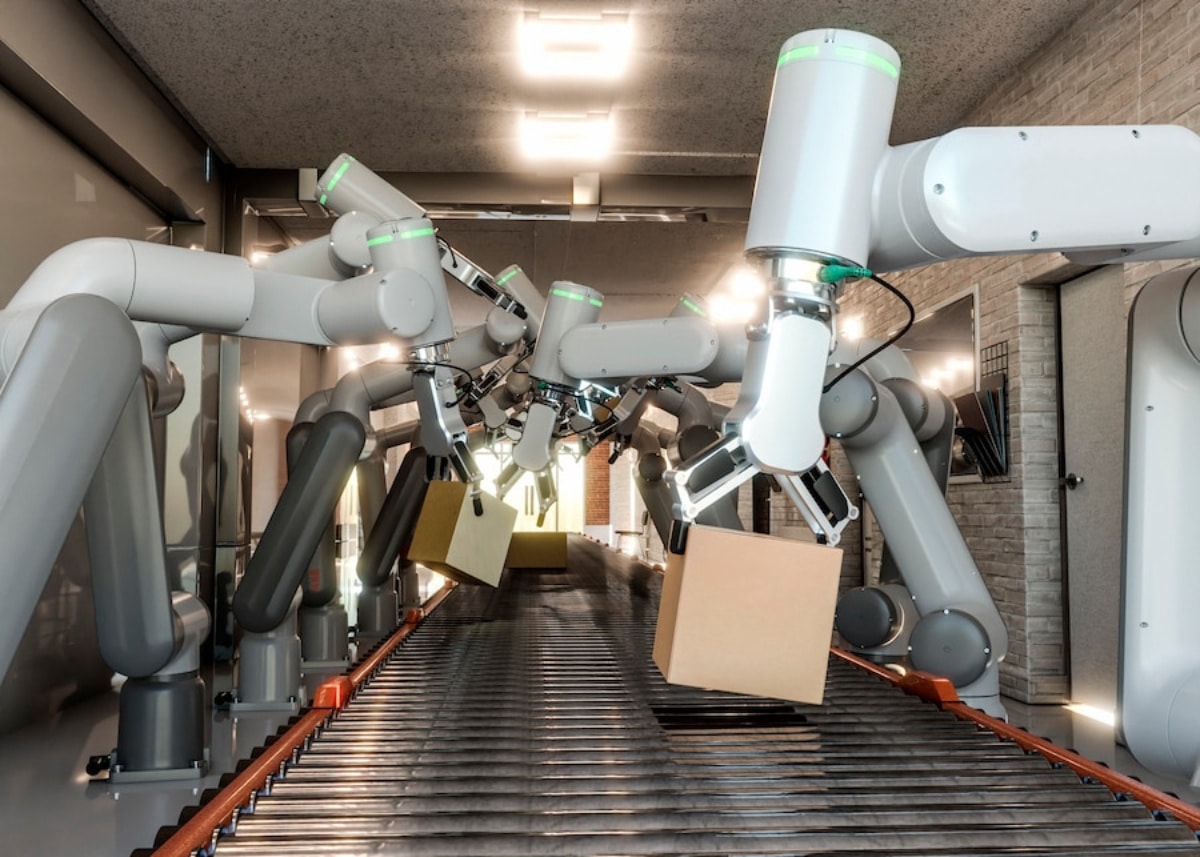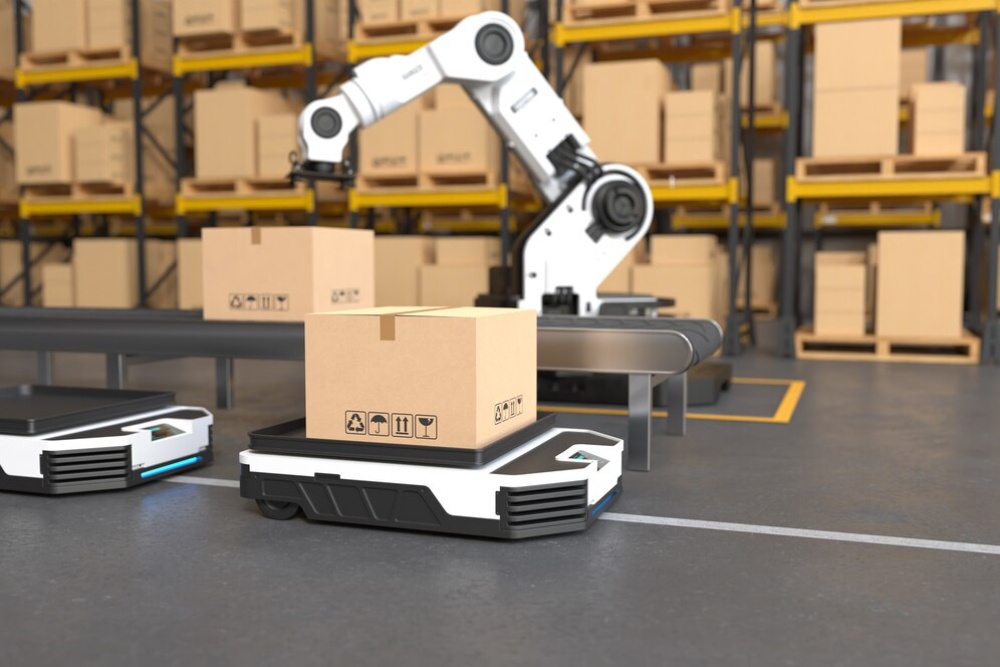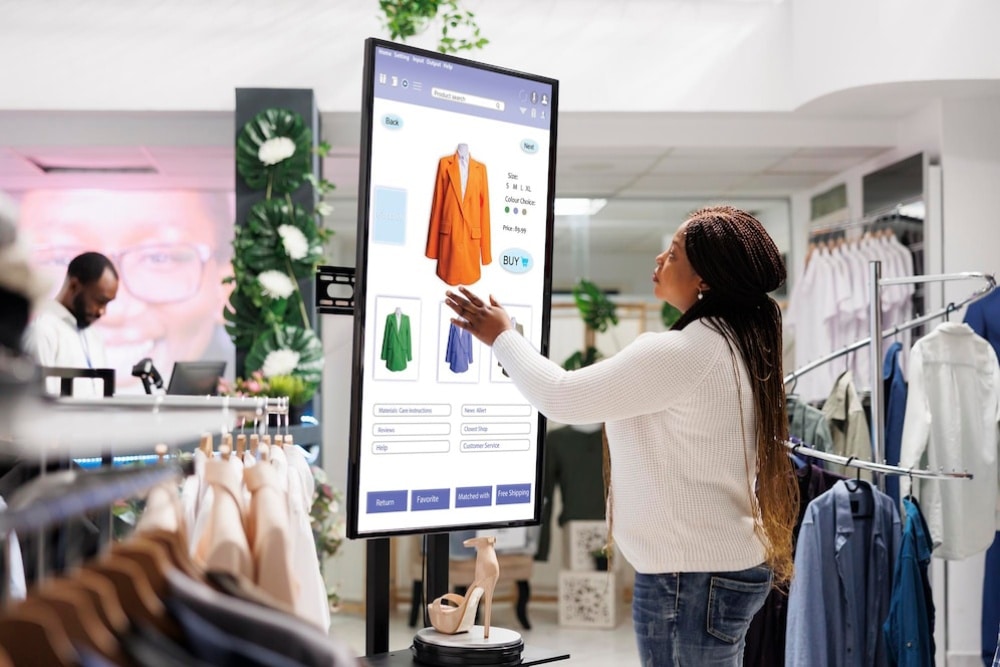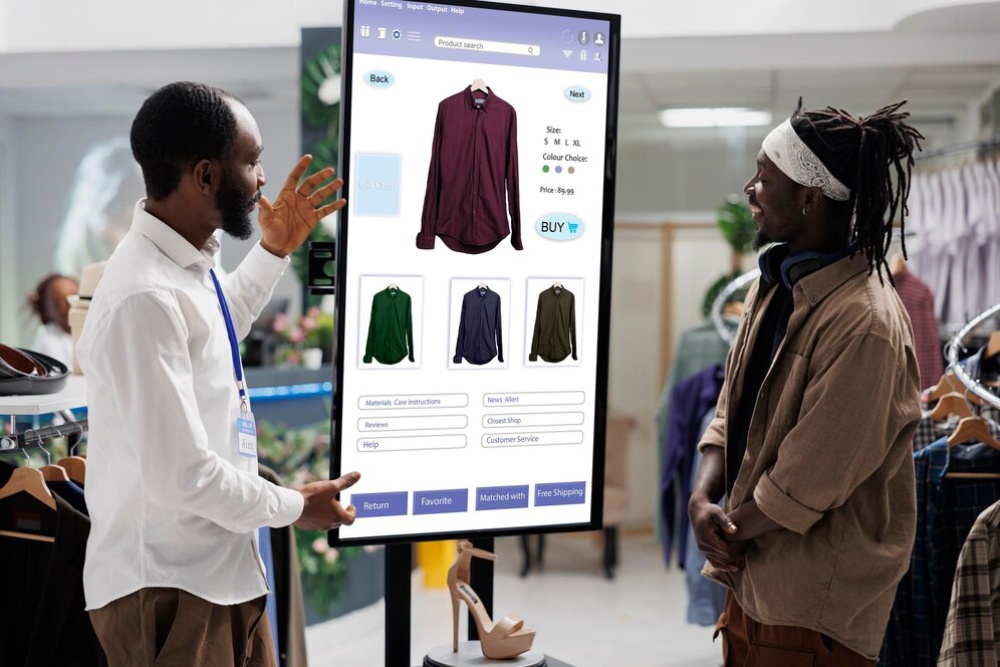
Robotics and Smart Stores: The Next Retail Revolution
The retail landscape is rapidly evolving. This shift reflects new technology and shopper preferences. Recently, there has been a lot of buzz about robotics in retail and smart store tech. And it makes sense. They are transforming the functioning of stores. They are also redefining the shopping experience for consumers.
Retailers are fast at work adopting robots and smart tech. This allows them to increase efficiency, provide better customer service, and reduce costs. But how do these technologies function? And what does this mean for brick-and-mortar retail’s future?
In this blog post, we’ll explore how robotics and smart stores are leading the next retail revolution. We’ll take a look at automated checkout systems and artificial intelligence stock management. We’ll also explore real-world examples. If you’re a business owner or care about shopping’s future, this guide shows what’s next for retail.
The Rise of Robotics in Retail
What is Robotics in Retail?

Robotics in retail means using robots and automation in different parts of retail work. These technologies are designed to automate processes, improve efficiency, and enhance customer experiences. Robotics is changing retail in many ways. From shelf scanners that work on their own to robots helping customers shop, the impact is huge.
Some of the key applications of robotics in retail include:
- Automated Stock Management: Robots scan shelves to find low stock. They also alert staff when it’s time to restock. This reduces human error and ensures inventory is always up to date.
- Self-Checkout and Checkout Automation: Robots help customers scan and pay for items on their own.
- Customer Assistance: Robots help customers by guiding them, answering questions, and finding products in stores.
- Order Fulfillment: Robots play a key role in warehouses and fulfilment centres. They pick, pack, and sort orders quickly. This helps speed up delivery times.
The Role of AI and Machine Learning in Robotics
The power of robotics in retail is magnified when combined with artificial intelligence (AI) and machine learning (ML). These technologies help robots learn from data. They improve over time and adapt to new environments.
AI robots in stores can spot customer preferences and change their recommendations based on that. This improves the shopping experience. It also helps retailers customize their products for each customer. AI helps robots grasp context. For example, it can tell if a shelf is empty or if items are just out of place. This boosts their accuracy and reliability.
Real-World Examples of Robotics in Retail
Several companies are already pioneering the use of robotics in retail. For instance:
- Lidl: The German supermarket giant has been using autonomous robots to scan shelves and identify stock levels in real-time. These robots help manage stock better. They cut down waste and make shopping easier for customers.
- Amazon: Amazon has been at the forefront of warehouse robotics. Its fulfilment centres use robots to automate picking and packing. This greatly boosts efficiency and speed.
- Pepper by SoftBank Robotics: A humanoid robot that engages customers. It has been used in retail stores all over the world. It gives customers info, directions, and promotions. This boosts interaction and engagement.
Smart Stores: The Future of Retail Shopping
What is a Smart Store?

A smart store uses advanced tech like IoT devices, AI, and automation. This improves the shopping experience and makes store operations smoother. Smart stores have sensors, cameras, and digital tools. These features help customers interact easily with products and the store.
A smart store aims to provide a smooth and personalised shopping experience for customers. It also focuses on improving store operations behind the scenes.
Key Features of Smart Stores
- Automated Checkout: One of the hallmark features of smart stores is the ability to make purchases without the need for cashiers. Amazon Go stores showcase this innovation. They use sensors, computer vision, and AI. This technology automatically charges customers for items they pick up. As a result, shoppers enjoy a smooth checkout experience.
- In-Store Navigation: Customers can use smartphones and store maps to quickly find products. AI-powered systems can even suggest products based on past purchases or browsing habits.
- Personalisation: Smart stores gather customer data (with permission) to create personalised shopping experiences. A store might give discounts or promotions on products that the customer has bought or looked at before.
- Interactive Displays: Many smart stores have interactive displays. Customers can access product details, watch demos, or try on virtual clothes with augmented reality (AR).

How Smart Stores Improve the Customer Experience
The customer experience is at the heart of the smart store concept. Smart stores create a personalised and immersive shopping experience. This boosts customer satisfaction and loyalty.
- Seamless Shopping: Automated checkout and AI product suggestions help customers shop quickly and easily. This eliminates long checkout lines and allows customers to focus on finding the right products.
- Personalised Recommendations: Smart stores use AI to track what customers like. They give real-time suggestions based on shopping history, location, or even mood.
- Boosted Engagement: Interactive displays and AR tech engage customers. They let shoppers explore new products in fun and creative ways.
Real-World Examples of Smart Stores
- Amazon Go: This leader in smart stores uses sensors, cameras, and AI. Customers can shop and leave without talking to a cashier. Customers simply scan their app upon entering the store, grab the items they want, and leave. The system automatically charges their accounts for the items they take.
- Starbucks: Starbucks is using smart technology to streamline the ordering and payment process. The mobile app lets customers order ahead and pay with their phones. This cuts wait times in stores and makes shopping easier.
- Tesco: Tesco’s “Scan as You Shop” system allows customers to scan items as they shop, streamlining checkout and reducing wait times.
The Benefits of Robotics and Smart Store Technology
Improved Operational Efficiency
Retailers can use robotics and smart technology to automate tasks. This includes inventory management, stock replenishment, and order fulfilment. This cuts costs and lets employees focus on important tasks, like customer service.
- Automation of repetitive tasks: Robots can restock shelves, sort packages, and scan inventory. This reduces the workload for human employees.
- Efficiency in the supply chain: Robotics can enhance warehouse management. This boosts order accuracy and cuts delivery times.
Enhanced Customer Experience
The most significant impact of robotics and smart stores is on the customer experience. These technologies help retailers provide quicker, more personalised shopping. This boosts customer satisfaction and loyalty.
- Personalised shopping: AI systems suggest products based on past purchases, preferences, and browsing history. This creates a unique shopping experience for everyone.
- Quick transactions: Automated checkout lets customers skip long lines and finish their purchases fast and easily.
Cost Savings
The initial cost of robotics and smart store tech can be high. However, the long-term savings make it worth it. Automated systems can cut down on human labour for some tasks. They also lower inventory costs and boost operational efficiency.
- Lower labour costs: Robots handle repetitive jobs, like restocking shelves and scanning items. This allows human workers to focus on more complex tasks.
- Fewer errors: Automation cuts down on human mistakes in inventory management and order fulfilment. This means fewer errors and lower costs.
Challenges and Considerations
High Initial Investment
Implementing robotics and smart store technology can require a significant upfront investment. Retailers should think about the benefits and costs of upgrading their systems. This includes buying new equipment and training employees to use advanced tools.
Data Privacy and Security
With the increased use of AI, IoT devices, and customer data tracking, data privacy and security are significant concerns. Retailers need to follow data protection laws. They should also protect customer information from possible breaches.
Technological Integration
Integrating robotics and smart store technologies into existing retail operations can be complex. Retailers must make sure new systems fit well with their existing infrastructure and supply chains. This may require significant system upgrades and employee training.
The Future of Robotics and Smart Stores
The future of retail lies in robotics and smart store technology. As technology evolves, retailers will discover new ways to improve shopping. They will also streamline operations and cut costs. We can expect more advanced uses of AI, robotics, and IoT. Also, augmented reality and virtual reality will be integrated further in stores.
An exciting change is the rise of delivery robots. These robots bring products right to customers’ homes. This makes shopping even more convenient. 5G networks will boost speed and connectivity. This allows real-time communication between robots, smart shelves, and inventory systems. As a result, retail environments will become more efficient and responsive.
Conclusion: Embracing the Future of Retail with Robotics and Smart Stores
New robotics and smart store tech are the future. They are changing how retailers work and connect with customers. These innovations are hastening shopping. They make it more personal and more efficient. At the same time, they cut costs for retailers. Over time, automation, AI, and IoT will become more important in retail.
Retailers want to stay ahead. So, they are embracing robotics and smart store technologies. This might be the key to future success. These technologies increase your efficiency, enhance customer experience, and reduce costs. This results in improved competitiveness in the evolving world of retail.
Excited to step into the future of retail? Stay tuned! Adopt robotics and smart solutions. Change your retail business today!


